|
|
|
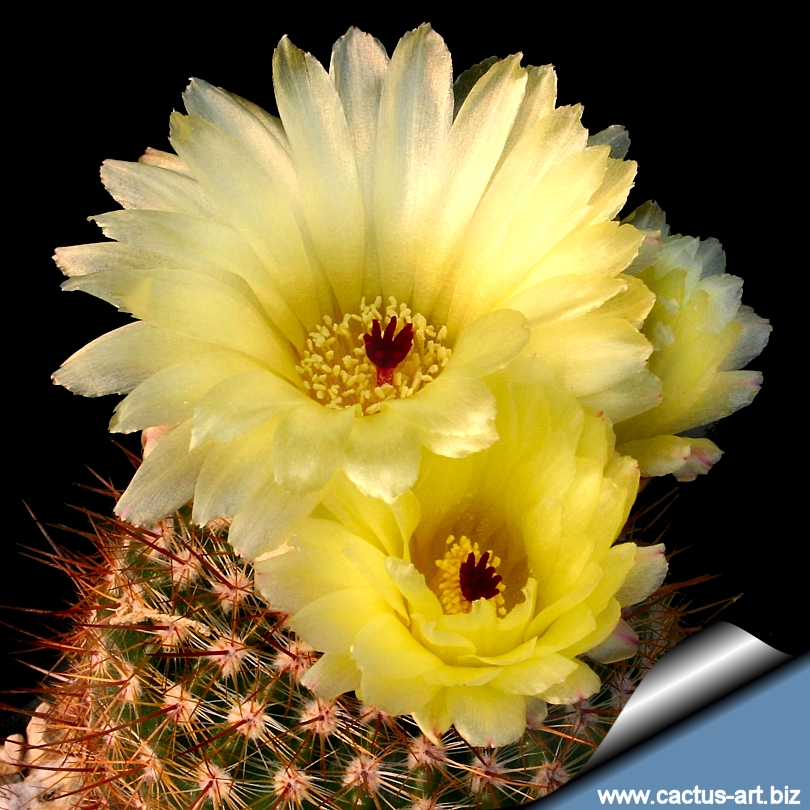
Notocactus schlosseri HU491 Garzon, Maldonado, Uruguay
This is a common ball cactus, very
easy to cultivate.
|
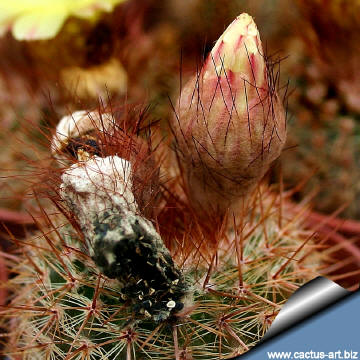 |
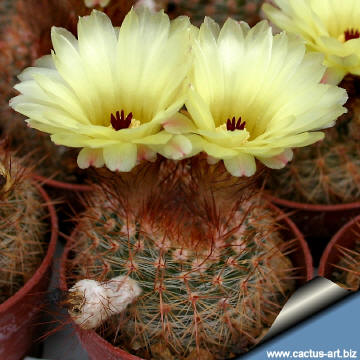 |
|
|
|
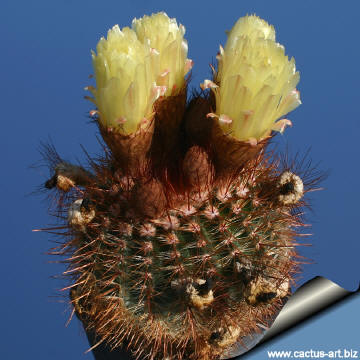 |
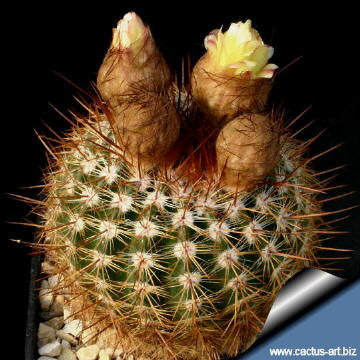 |
|
Cultivation:
This is an easy plant to cultivate. It can support quite a lot of water
during the growing season.
It
prefers a neutral to slightly acidic
mineral-based potting mix with plenty
of extra grit and feed during the summer.
Watering Needs:
Can support quite some water during the growing season
but pot plants in winter are
wet-sensitive and
needs to be kept
dry (rots easily if soil is wet and cold) tends to lose
its roots in winter. It rots easily if soil is wet and cold. Water Best if watered with rain water.
Sun Exposure: Light shade to
full sun, but it doesn't like
full, hot blazing sun in the central summer months. Relatively cold
hardy. Usually it is recommended to
over-winter
this plant in a bright and warm greenhouse with at least 8-10° C
a but it has proved to tolerate temperatures as low
as -5° C for short periods. It
is susceptible to spider mites, so it should be check once in a while
for it.
Propagation: Seeds,
cuttings or root suckers (if available). Not too difficult to raise from seed.
|
|


Advertising
|
|
|
|
|
Family:
Cactaceae (Cactus
Family)
Scientific name:
Parodia erubescens (Osten) D.R. Hunt
Published in: Cactaceae Consensus Initiatives 4: 6,
1997
Origin: Native to
Uruguay.
Conservation status:
Listed
in
CITES Appendix II
Synonyms:
- Echinocactus erubescens Osten
1941
- Notocactus erubescens (Osten)
Marchesi 1972
- Notocactus schlosseri Vliet 1974
Notocactus schlosseri,
along with
N. scopa,
N.
schlosseri, N. scopa var. xicoi and N. sucineus, belongs to the
N. scopa aggregate, and
was transferred to Parodia in
1997 by David Hunt.
|
|
Description: Solitary to shortly cylindrical, upright spherical
cactus.
Stems: Green, shoots up to about 20 cm high and 12 cm in diameter.
Central spines: Dense, short, stiff and erect; they are russet to
orangish coloured.
Radials: Whiter, thinner against the body of the cactus.
Flowers: Lemon-yellow, up to 5 cm in diameter, with red stigma.
Blooming season: It will usually flower within 3 to 5 years in
spring.
|
|
|
|
|
|
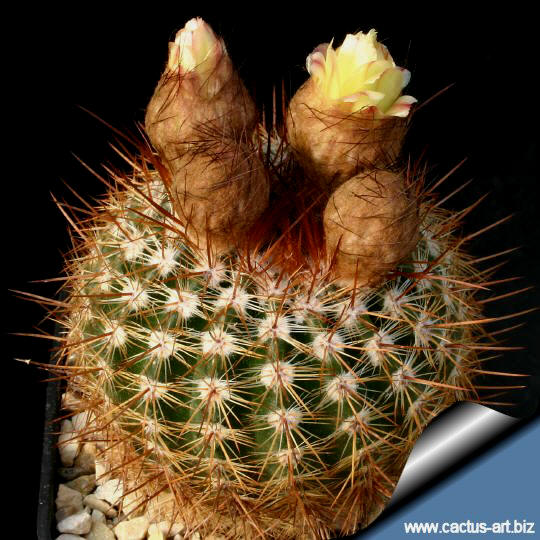
buds
|
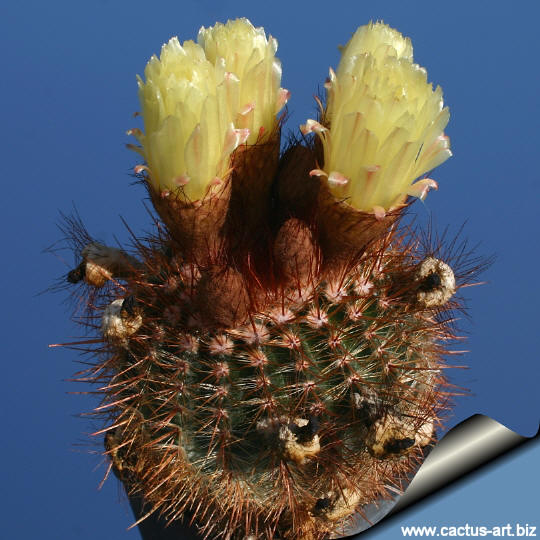 |
|
Photo of conspecific taxa, varieties, forms and
cultivars of plants belonging to the
Notocactus scopa
complex:
|
|